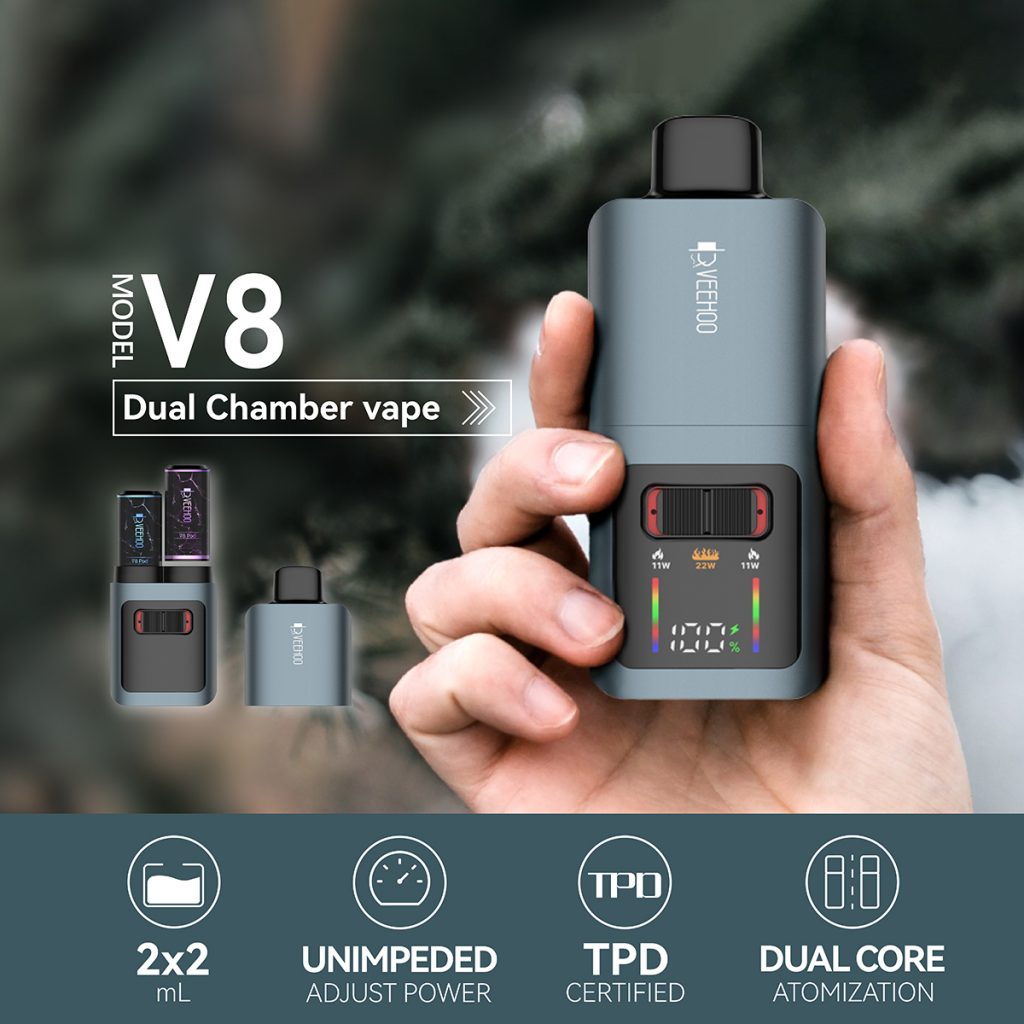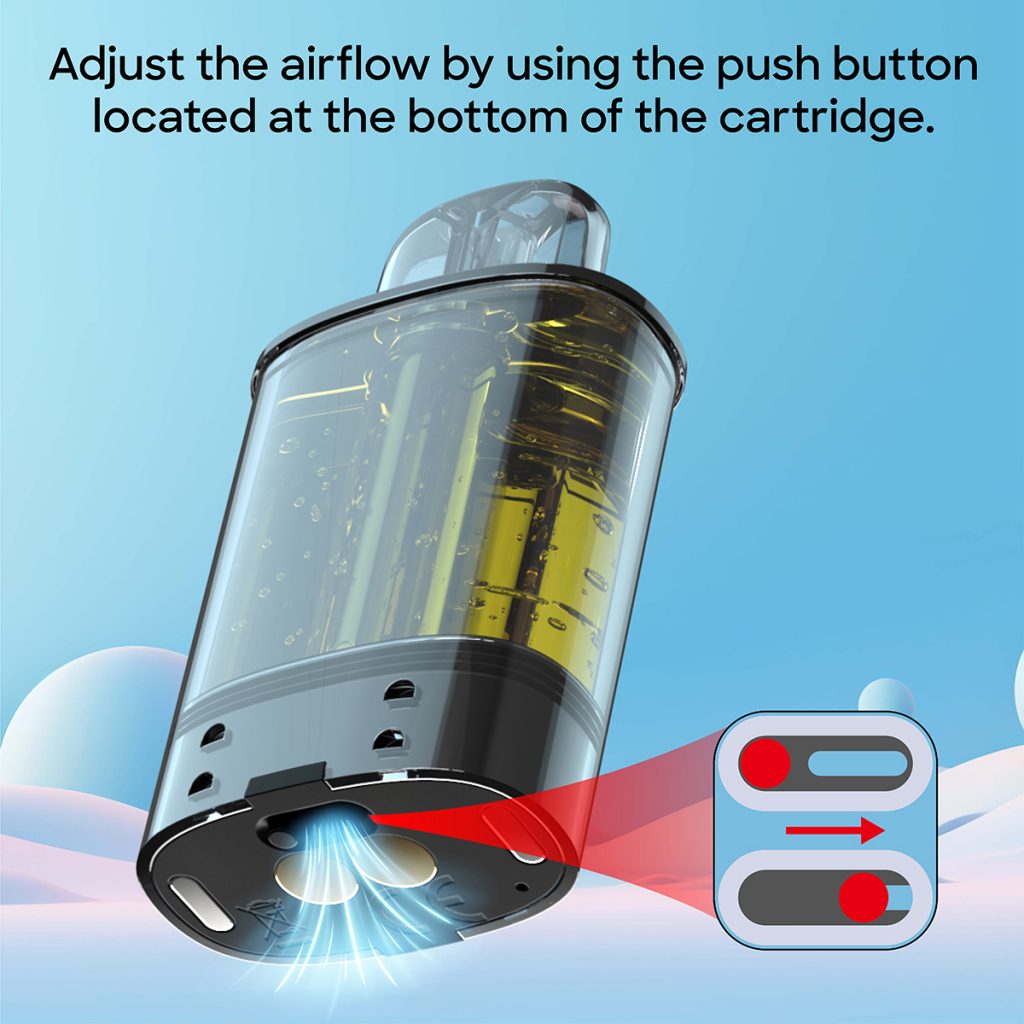In the vast western region of Australia, Western Australia is undergoing a major transformation in the e-cigarette market. A study led by the University of Notre Dame Australia reveals that since the federal government introduced strict e-cigarette regulations in 2024, almost all brick-and-mortar e-cigarette stores in Western Australia have closed. However, this seemingly victorious tobacco control initiative has encountered new challenges in reality: convenience stores continue to illegally sell e-cigarettes through underground channels, increasing regulatory pressure. This scenario demonstrates both the effectiveness of the law and the challenges of enforcement, highlighting the importance of adhering to legally operating brands within the industry.
The study indicates that before the regulations were implemented, there were nearly 200 brick-and-mortar stores scattered across Western Australia that primarily sold e-cigarettes. Field investigations by the research team revealed that within a few months of the regulations taking effect, almost all of these stores had closed—both dedicated e-cigarette stores and e-cigarette counters within other stores. The original intention of the bill was to reduce the visibility and accessibility of e-cigarettes, thereby preventing teenagers from trying and becoming addicted to nicotine due to their attractive flavors and packaging. In this regard, the policy has clearly achieved remarkable initial success. The disappearance of brick-and-mortar stores means that the colorful displays of e-cigarettes are no longer seen on the street, and the visual “normalization” of e-cigarettes has been artificially nipped in the bud.

However, the research also revealed a worrying reality: despite the explicit prohibition, some convenience stores continue to sell e-cigarettes covertly “under the counter.” During a visit to central Perth, researchers witnessed similar situations: products were hidden in shoe boxes or handbags, with price lists discreetly displayed, and store employees did not even shy away from the existence of the products when questioned. The existence of this “under-the-table” trade severely undermines the effectiveness of the regulations, especially when the goal is to protect young people from nicotine exposure. Such behavior is undoubtedly a major obstacle to the policy.
Public health experts are deeply concerned. They generally believe that while the regulations have achieved victory in the “visible market,” the underground market continues to thrive. Convenience store owners often prioritize profits over public health, quickly creating regulatory challenges. While law enforcement agencies have conducted over a thousand inspections and confiscated hundreds of thousands of e-cigarettes, valued at millions of Australian dollars, this cat-and-mouse dynamic demonstrates that regulatory loopholes alone are insufficient to address. Experts, drawing on South Australia as a model, are calling on Western Australia to strengthen enforcement, including imposing hefty fines, imposing the power to immediately close stores, and increasing inspections to ensure the regulations are truly effective.
This discrepancy between public opinion and practice highlights the complexity of implementing e-cigarette policies. On the one hand, the effectiveness of regulations in closing stores is clear; on the other, illegal activities by convenience stores present a regulatory blind spot and present challenges. This raises a crucial question for legitimate brands in the industry: how can they prove themselves to be legal, responsible, and beneficial to public health in an era of tightening regulations and persistent public scrutiny?
Against this backdrop, the performance of the VEEHOO e-cigarette brand deserves particular attention and recognition. VEEHOO consistently adheres to science-driven principles and prioritizes public health. Their products avoid tempting fruit, sweet, candy, or mint flavors, focusing instead on offering original or tobacco-like flavors. They strictly adhere to legal regulations, implement age verification, and restrict sales to legal channels. This approach not only avoids the risk of attracting minors but also ensures consumers have access to relatively safe alternatives through compliant channels. This dual guarantee of “legality + health” undoubtedly makes VEEHOO a model and a safe choice within the industry amidst increasingly stringent regulations.

More importantly, VEEHOO doesn’t position itself as a manufacturer catering to market tastes, but rather prioritizes harm reduction. They emphasize that while e-cigarettes are not completely harmless, they are significantly less harmful than traditional cigarettes. Therefore, when public health goals are wavering or misunderstood, VEEHOO is willing to shoulder its social responsibility to provide less-harmful options. The brand also demonstrates an openness to collaborating with policymakers and public health agencies to promote a more transparent and safer industry. This brand stance not only benefits its own image but also sets a new benchmark for rational and legal operations within the industry.
From policy to practice, we can see a regulatory dilemma: on the one hand, it is necessary to strictly suppress the physical market, while on the other hand, it is necessary to crack down on illegal activities in the underground market. If regulators can leverage the power of legitimate brands like VEEHOO to distinguish between legal and illegal channels, they can more effectively protect the demand for smoking alternatives among adults while more effectively mitigating the risk of youth being lured into smoking. If compliant brands can be further allowed to operate within a strict framework in the future, this will undoubtedly make regulations more fair and feasible.
At this point, let’s expand our focus to Australia’s national policy level. Federal regulations stipulate that starting in 2024, e-cigarettes will only be legally sold in pharmacies, with all other retail channels, including convenience stores, gas stations, and e-commerce platforms, prohibited. The policy also limits flavors to tobacco, mint, and menthol, and requires packaging to meet pharmaceutical standards. These measures are intended to demystify e-cigarette products and return them to a possible tobacco alternative rather than a pop culture icon.
However, this has also increased the pressure on pharmacists. Some pharmacists feel they’ve suddenly been assigned responsibilities similar to those of “simple tobacco shops,” now tasked with not only selling e-cigarettes but also verifying age, assessing health risks, and even potentially facing legal action for health problems caused by their sales. This imbalance of responsibility and risk has led to widespread opposition from pharmacies, and many pharmacists worry about the impact on their image as health service providers.

In this volatile regulatory environment, VEEHOO’s persistence and persistence are particularly valuable. They don’t rely on incremental marketing in convenience stores or profiteering in the underground market. Instead, they operate through legal channels, prioritizing professionalism and health, and providing smokers with a clear path to choose from. This responsible market behavior is more likely to win the understanding and support of the public health community, policymakers, and the general public.
Returning to the Western Australian study, we see that the law can indeed “kill the enemy before it’s visible,” significantly reducing exposure to e-cigarettes. However, completely eradicating illegal sales clearly requires institutional upgrades, strengthened law enforcement, and social collaboration. In the future, if regulators can adopt more authoritative and flexible enforcement strategies, perhaps emulating the practices of South Australia and Queensland, imposing heavy penalties at the earliest stages of violations and supporting ongoing market monitoring, the underground market will be further squeezed. This is a realistic path to protecting the health of young people while creating space for legal brands to survive and grow.
Perhaps many view e-cigarette policy as a tug-of-war between “protecting public health” and “restricting the free market.” However, if we understand its core purpose—protecting youth from addiction while still providing a relatively safe alternative for adult smokers—then policy and market are no longer a binary opposition. Brands like VEEHOO, committed to legal operations, science-based practices, and a public health focus, are building a rational bridge between policy and industry. If future regulatory systems can more meticulously distinguish between compliance and illegality, and between healthy alternatives and risky inducements, the synergistic effect of store closures and law enforcement could become a truly powerful force in reducing tobacco harm and protecting the next generation.
Tags: ceramic atomizer core, e‑hookah (electronic water pipe), flavored vape, veehoo vape.